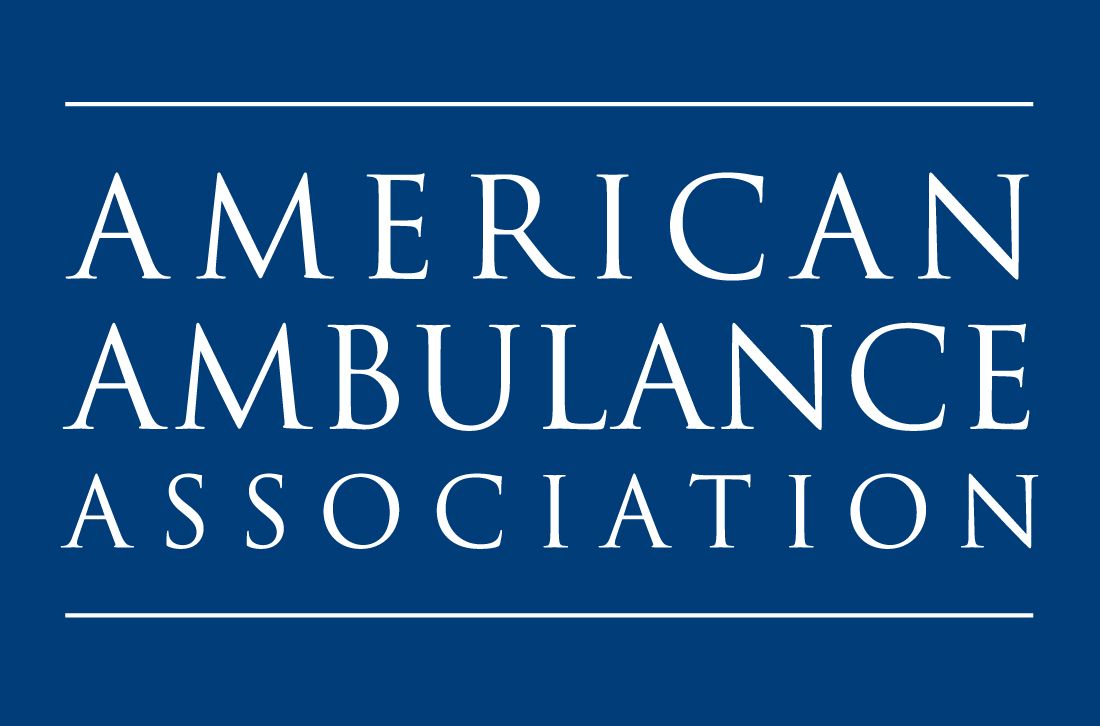California State University, Dominguez Hills

EMT Course Description
The Emergency Medical Technician (EMT) Course is challenging and demands dedication, persistence, and flexibility. The course is designed to give the student all the information and skills necessary to obtain certification as a nationally registered EMT, leading to employment in a number of emergency services, such as the fire department, police department, and private ambulance service. This course is also great even if you just want to earn money to support yourself working at an ambulance company while you are earning your degree! There is a great need for EMTs, and there are ambulance companies willing to work around your school schedule to help you achieve your personal goals. EMT certification also prepares you for healthcare careers. This course meets state training program requirements for national registry, including didactic hours and patient contacts and training in naloxone, epinephrine auto-injector, glucometer, and four hours of basic tactical casualty care.
Who Should Attend?
Individuals who want to become emergency medical technicians, paramedics, or fire-fighters
Individuals who are considering careers in law enforcement or public health
Individuals who need direct patient contact hours, such as those that apply to RN programs
Individuals who are considering careers as lab technicians, dental assistants, medical assistants, and surgical technologists
Emergency medical services personnel
Military personnel
Emergency managers
Public health practitioners
Benefits of CSUDH’s EMT Training Program
Recognition: Approved by Los Angeles County Emergency Medical Services (EMS) Agency
Experienced Instructors: our experienced instructional and teaching assistant staff bring a wealth of knowledge and expertise to the program
Working Lab: Fully functional and stocked ambulance, generously donated by MedReach Ambulance
Field Experience: CSUDH EMT ride-along partners include MedReach Ambulance, Premier Ambulance, Medtrans Inc., Torrance EMS, and Symbiosis Care.
CSUDH EMT Training Ambulance
Benefits of Working as an EMT
Working as an EMT during college is a great option due to the flexible work schedule and benefits
Working as an EMT demonstrates to future employers one’s ability to master complex information and perform functions in a changing environment
Great launching point for careers working as a paramedic, fire fighter, or nurse
Job Outlook
According to the Bureau of Labor Statistics, employment of emergency medical technicians (EMTs) and paramedics is projected to grow 11 percent from 2020 to 2030, much faster than the average for all occupations. Emergencies, such as car crashes, natural disasters, and acts of violence, will continue to require the skills of EMTs and paramedics.
Where do EMTs Work?
EMTs and paramedics held about 261,300 jobs in 2016. The largest employers of EMTs and paramedics were as follows:
Ambulance services (46%)
Local government, excluding education and hospitals (28%)
Hospitals; state, local, and private (19%)
Course Prerequisites (⏹ See Application)
High school diploma or GED by last day of class
Age 18 before the last day of class
Have a SSN#
Possess valid state picture ID
A clean criminal background
(Required for certification, as well as ride-along shifts and employment eligibility)
See: EMT FAQ – Background/Criminal History
Have a negative TB test dated within 6 months of class start
Current American Heart Association Basic Life Support (BLS) for the Healthcare Provider card – Expiration date must fall after course end date.
AHA BLS Training Course: https://cpr.heart.org/en/cpr-courses-and-kits/healthcare-professional/basic-life-support-bls-training
Hepatitis B Vaccination
Be able to meet the physical requirements for both the EMT Training Course and employment, including the ability to lift, carry, and balance up to 125 pounds, and to walk, bend, and stoop on uneven terrain.
Please note: If you have nearly all of the required documents and qualifications, you should apply and pursue conditional approval. Some of the requirements, such as a negative TB test, may be delayed by a few weeks due to timing of patient contact via fieldwork.
Course Goals/Objectives (What You Will Learn)
Emergency Medical Technician (EMT) CourseAt the completion of the EMT course, students will be eligible to take the national certifying exam (NREMT), making them eligible for state certification as an Emergency Medical Technician and thereby eligible to work in the state of California as an EMT.
Successful students will be able to:
Act as an on-scene leader
Describe the elements of an EMS system, and the role an EMT plays within the EMS system
Explain the legal responsibilities EMT’s face
Understand and describe basic human anatomy
Perform single rescuer and 2-person CPR with an AED
Perform a detailed patient assessment on both medical and trauma patients
Demonstrate how to control bleeding, splint injuries, and treat burns
Demonstrate how to identify and immediately treat lifesaving injuries and illness during the first few minutes of an emergency
Demonstrate how to care for a mother and child during childbirth outside of the hospital
Exhibit and maintain a professional appearance and attitude and portray the characteristics of an EMS professional

